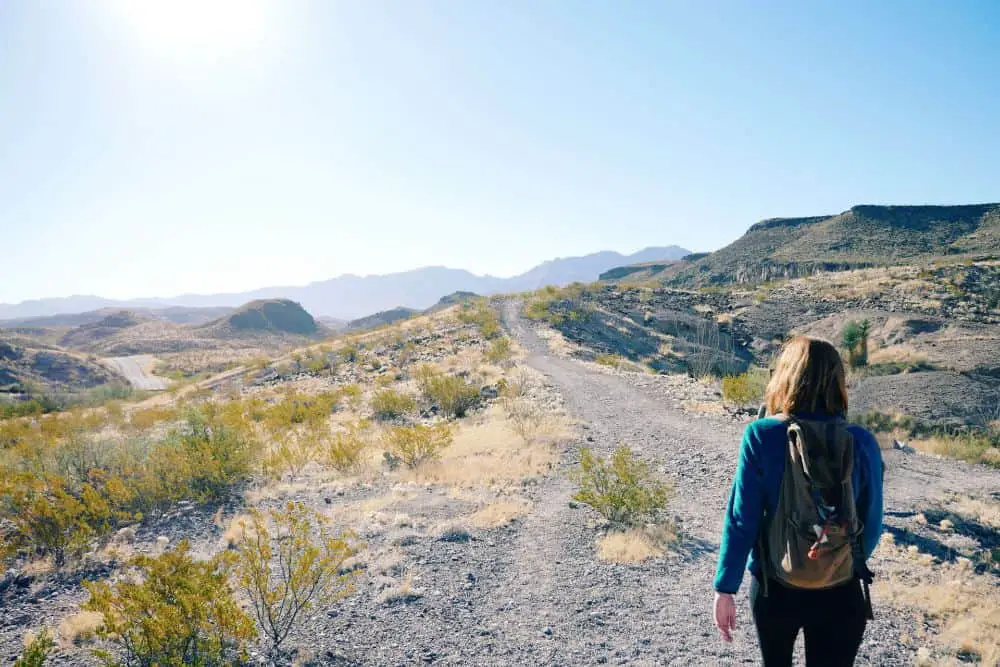Texas has some of the best outdoor spaces in the whole of North America. With the state continuously availing funds for repairs and maintenance of state parks, hiking in Texas has never been this interesting. This detailed guide to hiking in Texas covers the best that the state has to offer.
Immersing yourself into the vastness of nature is one of the most relaxing feelings one can experience. Open trails meandering through forests, rocks, and streams provide nature lovers with the perfect challenge. Whether you are a novice or an experienced hiker, I have spotted 7 of the top trails for you to conquer.
Before you head out though, there are factors to consider for a great adventure.
Seasons
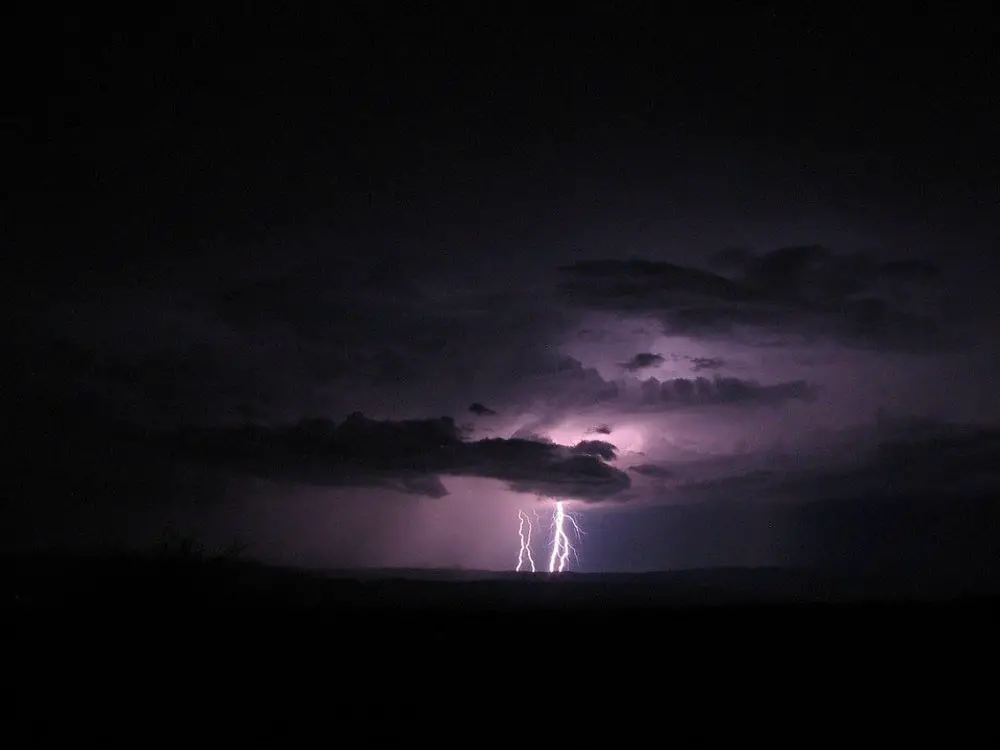
Ask any avid hiker and they will tell you, getting caught in the open during bad weather can be dangerous. Although the state is associated with deserts, its large size allows for diverse geological features and weather.
Geographically, Texas is at the meeting point of several climatic zones. Resulting from this is a weather pattern that can be confusing to out of state visitors. Do you have your calendar ready? Let’s check which times of the year that’s bad for hiking:
Tornadoes
The northern section of Texas is covered by the Tornado Alley. From April through June, thunderstorms hit the area around Panhandle making the trails difficult. The tornado season also affects areas around Dallas and Fort Worth.
Winter
If you are well-prepared, hiking in winter should not be a problem. That said, beginners would be better off waiting for spring or summer. Snowfall is, however, not that heavy in Texas and the cold months are excellent for bird watching.
The Best Time for Hiking in Texas
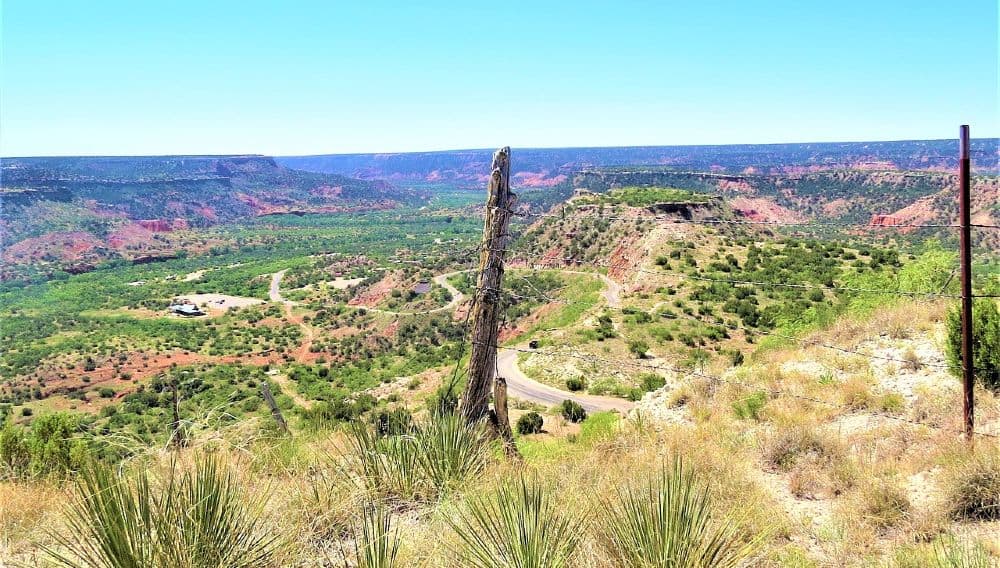
Apart from avoiding extreme weather, you want to hike during summer or spring. Starting early is the right way to go for a quiet time on the trails. Our list contains the most popular treks and as such, peak time attracts huge crowds. Completing your adventure early also means that you will avoid the hot midday sun.
In terms of months, the tourist population swells during summer months; June – August. The period can, however, experience very high temperatures and may not be the best time for outdoor activities.
The best time for hiking in Texas is during spring and fall. From March-May and September- November, the temperatures are comfortable and rains are milder. Also, as the summer crowds disperse, fall becomes very attractive for lone hikers.
Safety and Comfort

- Your planning stages must include safety precautions against weather, wild animals, insects, and wild plants. To begin with, carry enough water to keep off thirst from the hot Texas sun. While most areas are wooded, even the shade will not be enough to keep you cool at peak temperatures.
- Water sources are good breeding grounds for pesky bugs such as mosquitos- and be warned, they are many in this South Central state. Carry a can of bug spray and if it’s not a bother, a netted hat to protect your face.
- Keep off sneakers and leather shoes during your hike. With rocky grounds and some marshy ones, the wrong shoes can leave you with injuries. For a stress-free hike, wear hiking boots. Also, carrying a strong hiking cane is recommended, due to the possibility of difficult terrain.
- Another must-have is sunscreen, a high SPF at that. Unless you are looking for a tan, you need to protect your skin. The wide-brimmed hats you will find at the service stations aren’t for show, be sure to pick one, plus anti-glare sunglasses as well.
- The biggest animal threats in Texas may be bears but there are also alligators, desert bighorn sheep, coyotes, snakes and scorpions to look out for. Keep a safe distance from any animals along your trail and have a whistle ready in case one decides that you are encroaching.
- If you are planning on spending the night out in the park, remember to pack camping gear. Camping is, however, subject to permits and as such, calling ahead would be highly recommended.
The 7 Best Hikes in Texas
1. South Rim Trail
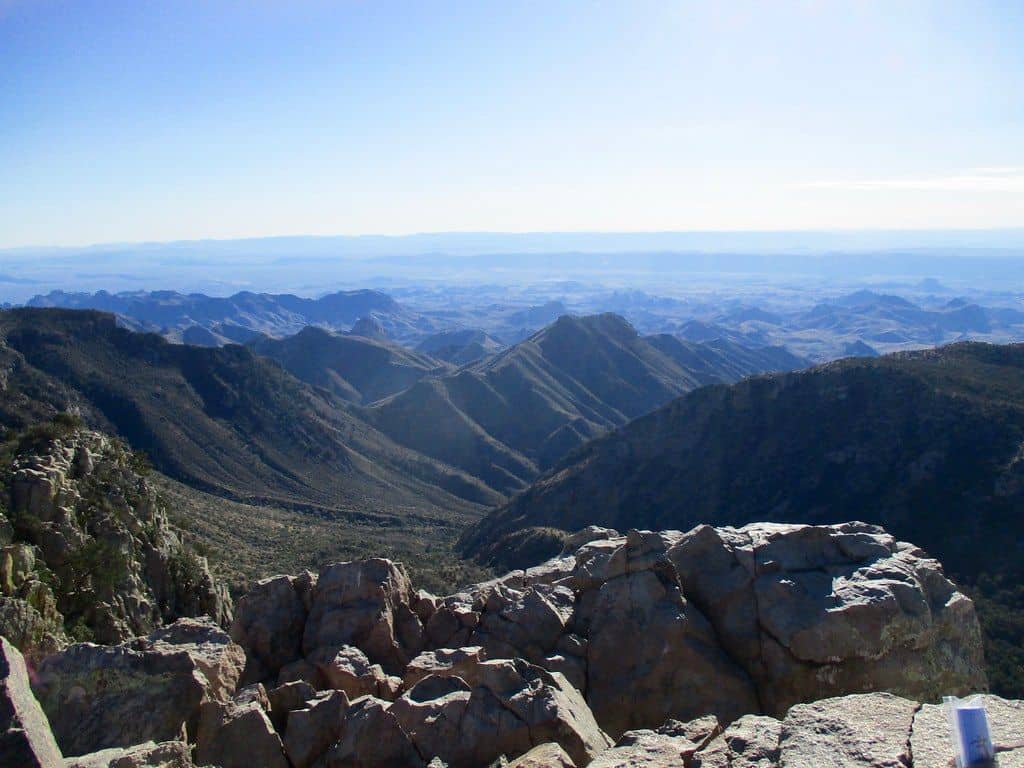
Trail Length: 12.6 – 14.5 miles
Difficulty: Hard
Time: 10-12 hours,
Elevation Gain: 2000 ft
Directions: Click here
South Rim is one of the longest trails at the sprawling Big Bend National Park. The trail is about 14.5 miles long, tending to take a whole day to complete: you need to come prepared, starting with enough water and protective clothing.
For the hike, you will part with $20 but camping will cost you extra. It is possible to tackle the hike in a day, but a beginner may need two days. The extended time will let you take in the Chisos Basin floor and the surrounding ridges.
There are several starting points near the Chisos Mountain Lodge, where a large sign directs visitors towards different trails in the park. To get to vantage points, you will have to go through some steep slopes, so ensure that your footwear is appropriate.
Be ready to snap photos of the breathtaking scenery at the “Ridgetop”, a waypoint close to the elevation point of the trail. At the “South Rim” waypoint you can clearly see half of the national park and the Santa Elena Canyon.
Take note of the bear boxes around the park, for locking away food. While at it, avoid dropping crumbs along the way to keep wild animals off the trails. As one of the premier hikes in Texas, South Rim can get crowded around Spring Break and Christmas. Still, the trail has many spots for solitude.
2. Cedar Hill Trail
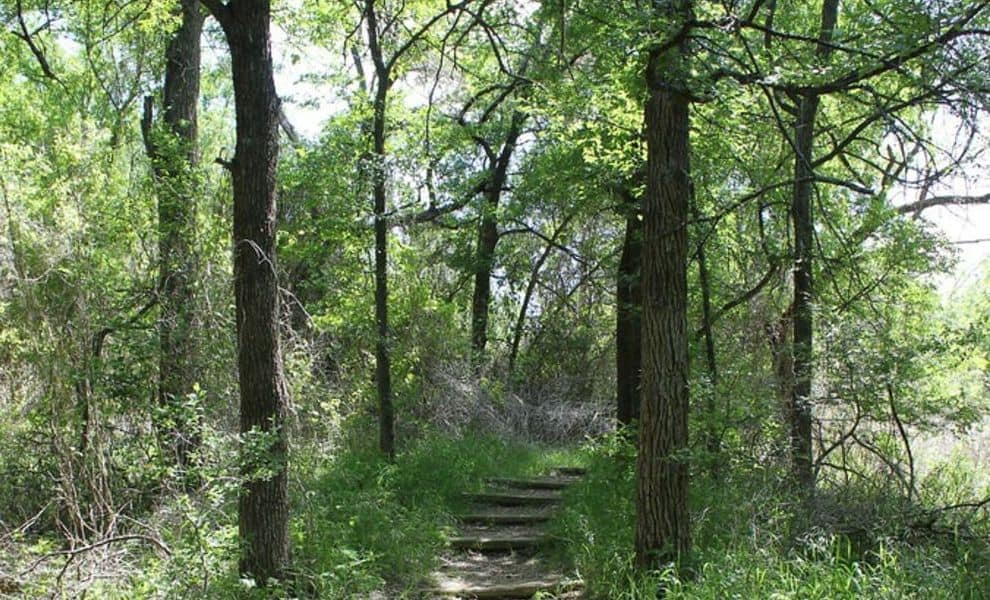
Trail Length: 2 miles
Difficulty: Easy
Time: 30 min – 1 hr
Elevation Gain: 124 ft
Directions: Click here
Being only 2 miles long, the Cedar hill trail is one of the shortest hikes in Texas but with a lot to offer. For example, the trail leads to one of the highest elevations in Dallas County. Here, you can enjoy a clear view of the Joe Pool lake and the Cowboys Stadium in Arlington.
That’s not even the best part; there’s more for lovers of nature. The Dogwood Canyon gives you first-hand experience of an undiluted natural environment. This is where you see native trees, reptiles, insects, birds, wildflowers and all manner of grasses in their natural home, not to mention the eye-catching bird migration.
For those who are even more passionate about birds, the Audubon Center offers varying programs ranging from beginner to veteran levels for birdwatchers. While you will not be charged for admission, the center appreciates donations that go into maintaining the sanctuary.
Plan your hike for Tuesday through Saturday between 9 am to 5 pm when the center is open. The trail opens when the center is operational.
Does your dog enjoy hiking? As long as he/she is well-behaved and leashed, you can go ahead and plan for a bonding hike with your pooch on any Saturday. If you like hiking in the rain, you might want to try another option, as rain may cause the trail to be closed.
3. Guadalupe Peak Trail
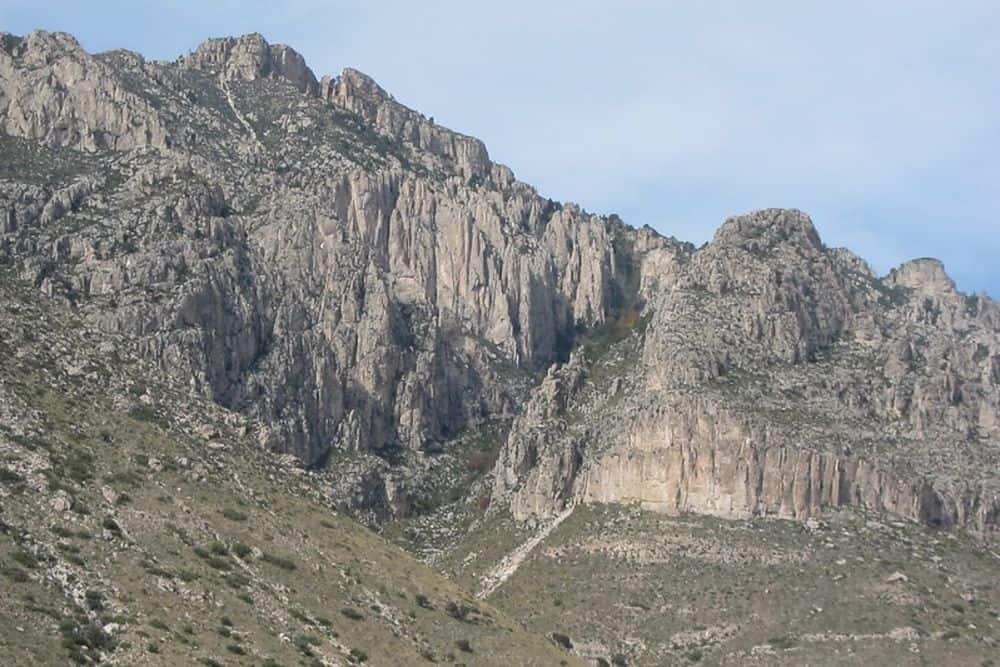
Trail Length: 8.5 miles
Difficulty: Hard
Time: 6-8 hours
Elevation Gain: 3000 feet
Directions: Click here
If you are up for a good strain, follow the Guadalupe Peak Trail than runs into the Guadalupe Mountains National Park. The hike, though strenuous, has rewarding sights. About a mile and a half into it, you are through with the steepest part.
The North facing slope of the Guadalupe mountains presents a forest of pine and fir trees. To the south of the trail, you will behold the most famous of all Guadalupe mountain peaks, the magnificent El Capitan.
For camping enthusiasts, which may be necessary with such a tough hike, two main camping sites are available at Pine Springs and Dog Canyon at $7 per night. If, however, you have packed your own water and food, backcountry campgrounds are available at zero fees. On a low note though, be ready to dig a hole to answer the call of nature.
Once you reach the peak, it’s perfectly okay to feel ‘high’; being atop the highest point in Texas has got to be exhilarating! Besides this, you get to enjoy a birds-eye view of the entire state of Texas.
The hike calls for comfortable hiking boots, plenty of food, and warm clothing. The temperatures can also get very high especially during summer. You will, therefore, need to carry at least a gallon of water, plenty of sunscreen and protective clothing.
4. Rock Garden Trail
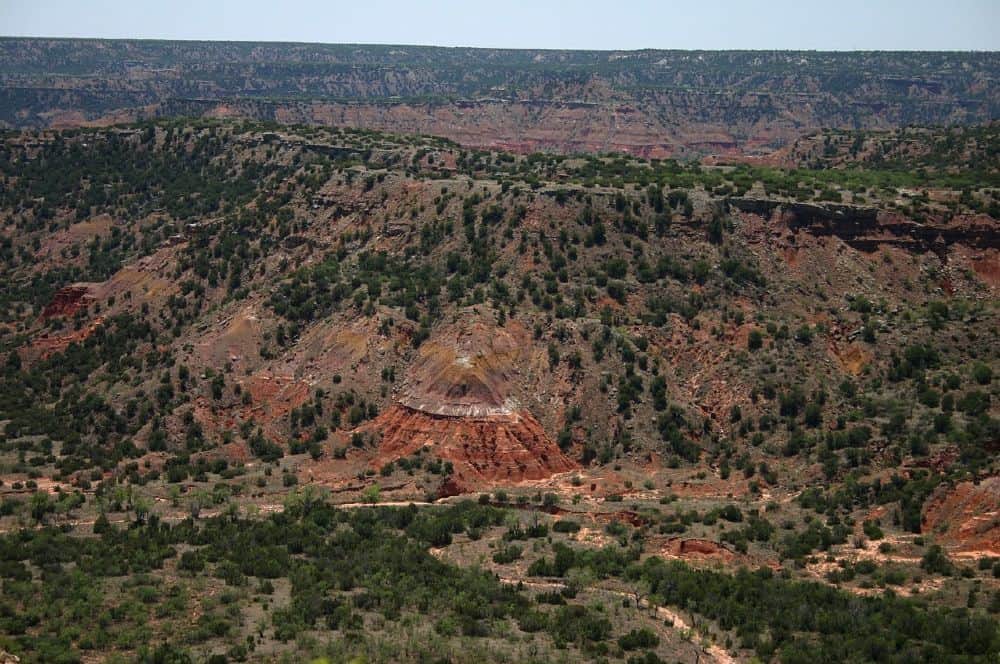
Trail Length: 5 miles
Difficulty: Moderate
Time: 5 hours
Elevation Gain: 777 feet
Directions: Click here
Palo Duro Canyon State Park, home to the Rock Garden trail, is arguably the grandest canyon in the whole of Texas. Located inside the Panhandle Plains, the trail offers an unparalleled look at mother nature’s many wonders; from deers to magnificent sunsets.
The Park service allows for pets inside the park, making this trail a magnet for dog lovers. Before you jump into the opportunity though, remember to carry enough water for you and your furry companion. As per the management recommendation, one quart of water for every mile will do for you, plus a little extra for your pet.
The trail is completely in the open so you have to contend with dust and hot sun rays. A protective hat and high SPF sunblock is a must, especially in summer. The trail starts from an open field of boulders, so be sure to wear hiking boots.
Although the trail is considered moderate, the climb is continuous and narrow through rocky ground, thus it can be difficult for novice hikers. Don’t worry though, there are few flat landings before you reach the last marker along the canyon rim.
The trail is a favorite for bikers and joggers too. With the allowance for pets and the obvious panoramic view of the canyon beckoning, expect a bit of overcrowding.
5. Barton Creek Greenbelt Trail
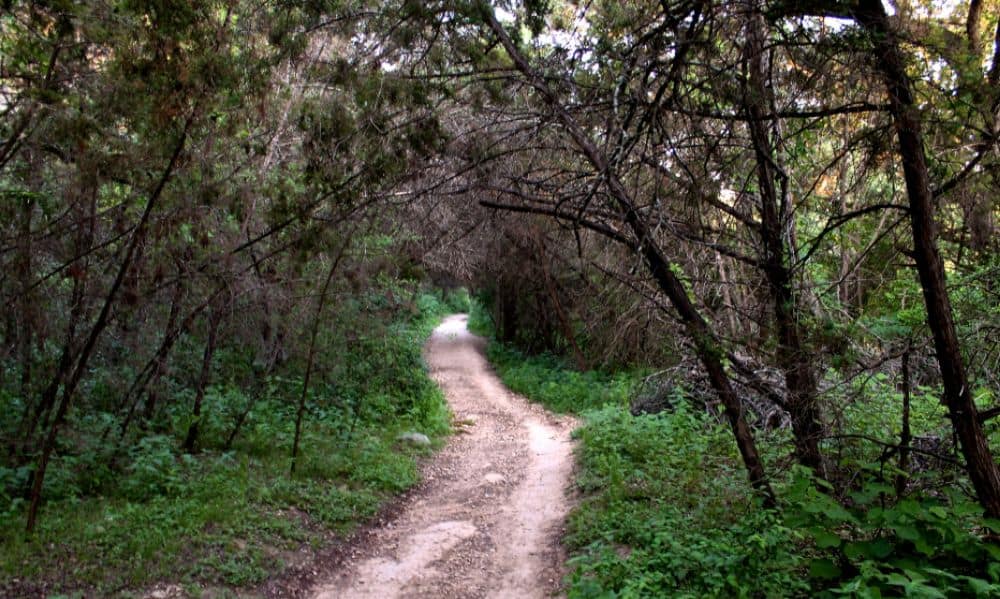
Trail Length: 13.8 miles
Difficulty: Easy to Moderate
Time: 8-10
Elevation Gain: 606 feet
Directions: Click here
Barton Creek has carved its spot among the top-rated hikes in Austin Texas. Fondly referred to as the Greenbelt by the locals, the hike provides the perfect environment for a host of outdoor activities for adventurous hikers.
If you are planning to do some hiking, rock climbing, and biking, there’s no better place in Austin. When you still have more energy to spare, the Hill of life beckons you for a short but exhausting climb, as you enjoy the beauty of wildflowers and trees.
Once you are all tired and sweaty, you can do some swimming at the popular swimming holes, Sculpture Falls and Twin Falls. This is especially possible during early summer when the water levels are still high.
The mostly flat trail sometimes experiences hot spells which dry out the water. This is most evident at the end of very hot summers, allowing hikers to walk on a dry river bed. Depending on where you are approaching the Greenbelt from, there are several access points.
The varying trails within the park plus oak and juniper woods, give you plenty of room for a rest and it gives you spectacular views of creekside spots. Apart from the hill, the rest of the hike is very easy compared to other hikes in Austin Texas. You hardly need any gear and yes, your leashed dog can come too.
6. Paluxy River Trail
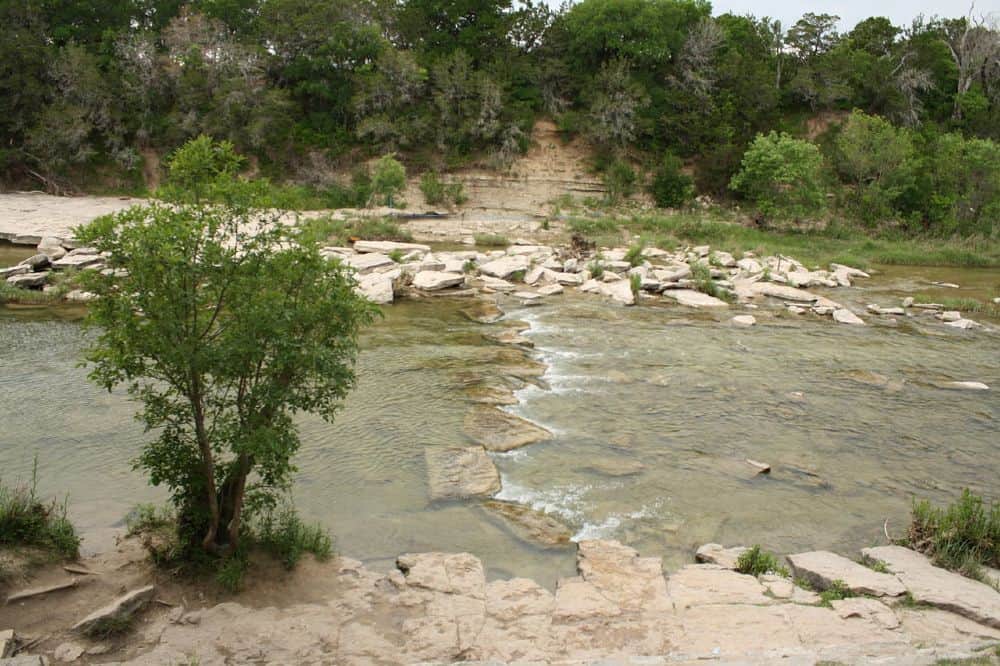
Trail Length: 2 miles
Difficulty: Moderate
Time: Under 1hour
Elevation Gain: 160 feet
Directions: Click here
Paluxy River Trail is one of the easiest and interesting trails for a whole family hike in Texas. The elevation is minimal and the trail is easy to follow. And of course, there are dinosaur tracks embedded in the river bend for you to hunt.
The loop trail follows River Paluxy along a hard limestone terrain surrounded by a mix of interesting plants and animals. It is part of the main attraction in the Dinosaur Valley State Park.
Sharpen your dino knowledge by identifying their footprints in the rocks, including acrocanthosaurus’ and Sauroposeidon Proteles’. Scientists still believe there are more and yet to be identified tracks, making this a haven for dino enthusiasts.
Elementary kids will delight in identifying various trees, shrubs, and grasses. The park is also a habitat for the white-tailed deer, bobcats, raccoons, beavers, opossums, and various small rodents.
The grounds host snakes, so you better keep an eye on where you step. You can bring your dog along to ensure that your path is free of crawlies.
Understandably, the trail is well-trafficked with peak crowds during summer and spring. When that’s said and done, the trail is well-marked with paved paths and man-made steps on most of the steep sections. Also, it’s well shaded and as such recommended, even for hot summer hikes in Texas.
7. Lone Star Hiking Trail
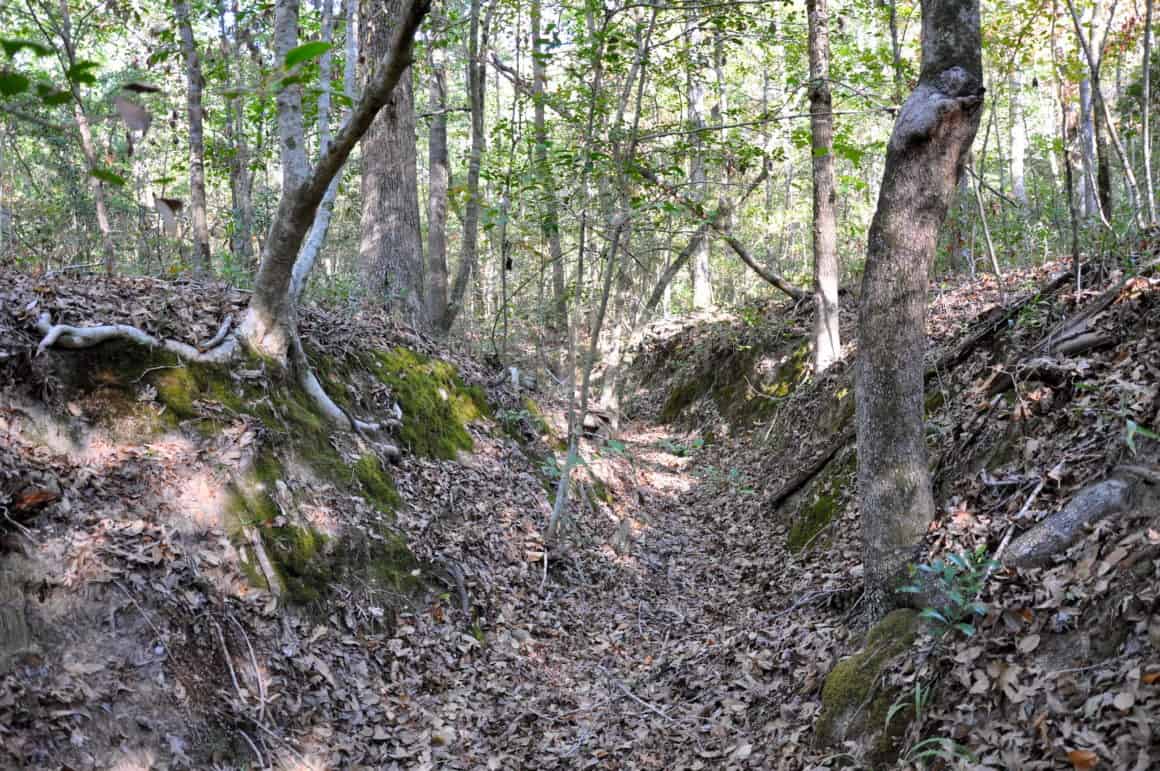
Trail Length: 96 miles
Difficulty: Moderate
Time: up to 10 days
Elevation Gain: 3,580 feet
Directions: Click here
Until you complete the Lone Star Hiking Trail, then your hiking in Texas isn’t done yet. Fondly known as the LSHT, this is a whopping 98-mile long hiking trail located in Richards, Texas.
This hidden jewel connects through both public and private land to create the longest continuous hiking and backpacking trail in the state. With some additional loops along the way, you can rack up to 168 miles, for a truly epic adventure.
The trail is open for day hiking, thru-hiking, and overnight camping. What’s more appealing is that the LSHT can be hiked at any time of the year. The management can, however, restrict camping during some days, so it’s advisable to call ahead.
Its unique location in southeast Texas means that the weather is mild throughout the year, including winter and spring. You can also visit during summer, without the usual crowds experienced in other hiking trails.
Although the trail is rated moderate, the sheer length, overgrowth, and muddy creek crossings can prove difficult. That said, you have every reason to see the hike through.
The trail takes you through the Sam Houston National Forest, where a dense forest awaits. You will be able to catch glimpses of Lake Conroe amidst the long magnolia and pine trees.
It’s recommended to carry lots of water, bug spray, packed food, and don’t forget the courage to live outdoors. Don’t worry though, the trail has several access points, each with a parking lot for your camper, providing a way out when the going gets tough.
Final Thoughts
From the above list of the best hikes in Texas, it is apparent that there’s so much that this state can offer to hikers, whether you are a newbie or avid explorer. As long as you know how resilient your body is, what kind of adventure you are looking for and how much time you have at your disposal, Texas is waiting and so are the above and many more hiking trails. Notably, give careful thought to your comfort and safety, to ensure that you enjoy your hike. Lastly, early planning is key.
More reads:
The 5 Best Hikes In Colorado
The 5 Best Hikes In Joshua Tree National Park
How To Find The Best Hiking Near Me

